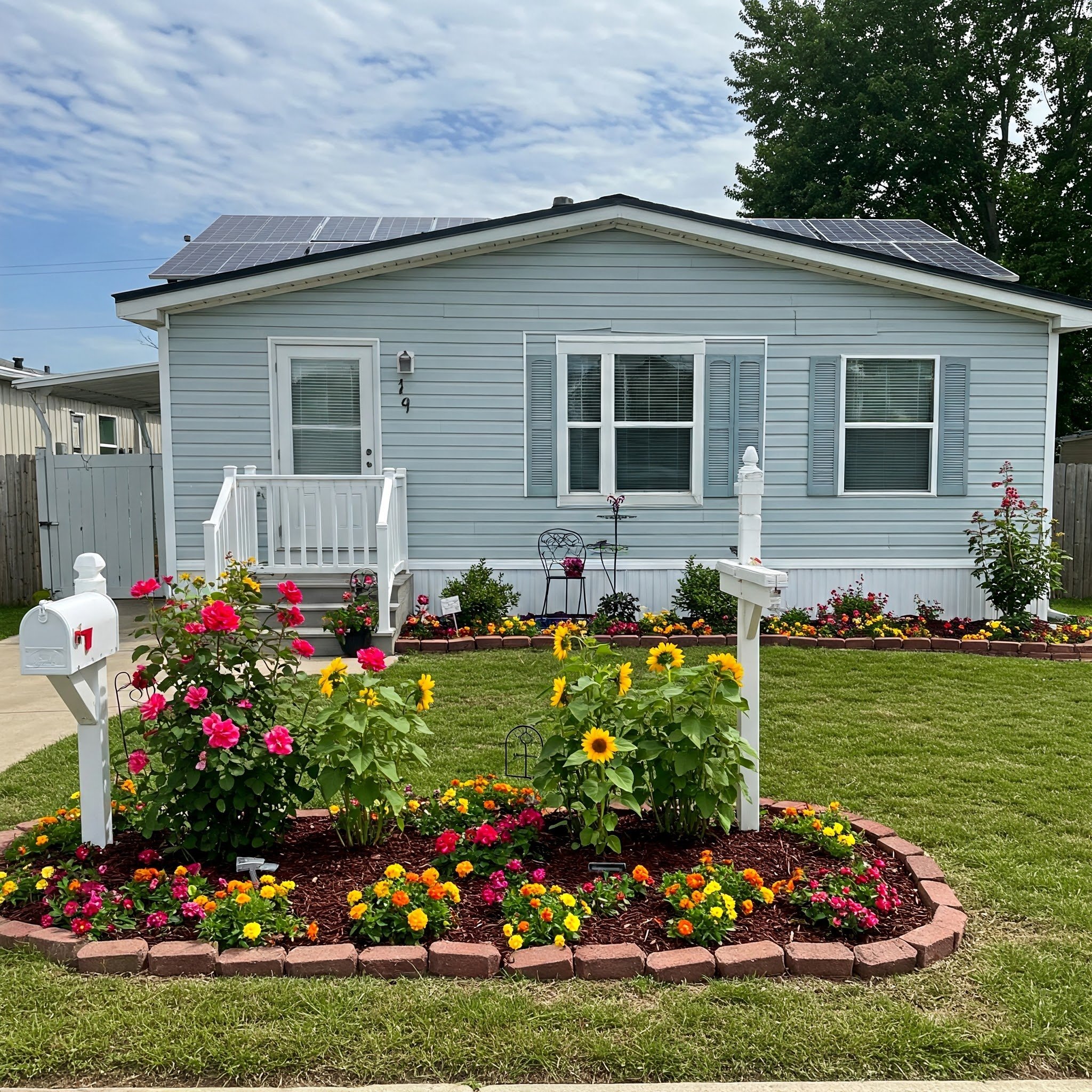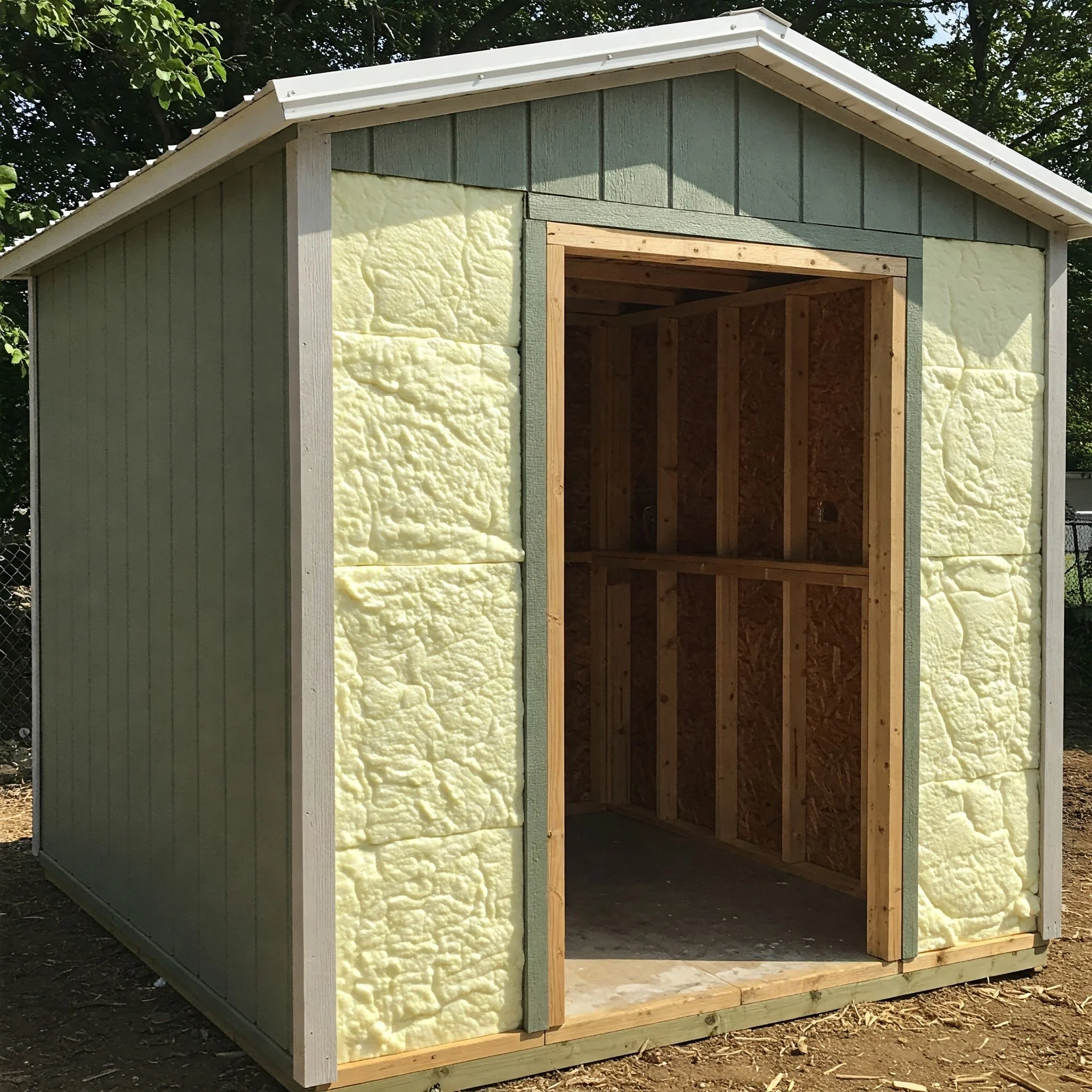How to Successfully Grow Grass on Dirt
Discover how to successfully grow grass on dirt with our step-by-step guide. From soil preparation to maintenance tips, we cover everything you need for a lush green lawn.
So, you've got some dirt and you're dreaming of a lush, green lawn? You’re not alone! Many homeowners find themselves in a patch of bare earth, eager to transform it into a vibrant oasis. Whether you’re looking to spruce up your yard, create a kid-friendly play area, or just want to enhance your home’s curb appeal, growing grass on dirt is entirely doable.
In this guide, “How to Successfully Grow Grass on Dirt,” we’ll walk you through the nitty-gritty details of grass cultivation—from soil prep to choosing the right grass type and maintaining that beautiful lawn. So grab your gardening gloves, and let’s dive in!
Understanding Your Dirt
1. Assessing the Soil Quality
Before you get your hands dirty, it’s crucial to understand what you’re working with. The type of soil you have can significantly impact your grass-growing efforts.
Types of Soil: There are several soil types, including sandy, clay, silt, and loamy. Each has its unique properties affecting drainage, nutrient retention, and how easily grass roots can penetrate.
Testing Soil pH: You can purchase a simple pH test kit at your local garden center. Grass typically thrives in a pH range of 6.0 to 7.0. If your soil is too acidic or alkaline, it can affect grass growth.
2. Checking Drainage
Good drainage is key to healthy grass growth. You don’t want your new grass roots sitting in water.
Drainage Test: Dig a hole about 12 inches deep and fill it with water. If the water drains within 1-2 hours, your soil has good drainage. If it takes longer, you might need to improve the drainage or choose grass types that tolerate wetter conditions.
Preparing Your Soil
3. Clearing the Area
Start by removing any debris, rocks, or old vegetation from the area.
Get Rid of Weeds: It’s essential to eliminate weeds as they’ll compete with your new grass for nutrients and water. You can do this by hand-pulling or using a weed killer, but make sure to follow the instructions carefully.
4. Tilling the Soil
Tilling can help aerate the soil and break up compacted areas.
How to Till: Use a garden fork or a tiller to loosen the soil. Aim for a depth of about 4-6 inches. This process will help improve aeration and allow the roots of the grass to establish more easily.
5. Adding Organic Matter
Improving the soil structure is essential for creating a thriving grass environment.
Compost: Adding organic compost not only enhances the nutrient content but also improves the soil structure. Spread about 2-3 inches of compost over the area and mix it into the top layer of soil.
6. Leveling the Ground
Now that you’ve prepared your soil, it’s time to level it out.
Rake it Smooth: Rake it smooth to ensure an even surface by filling in low spots and leveling out high areas. This process is essential for proper drainage, as a flat surface prevents water from pooling in specific spots, reducing the risk of erosion or damage over time.
Choosing the Right Grass
7. Types of Grass
When it comes to grass types, one size does not fit all! Here’s what you should consider:
Cool-Season Grasses: If you live in a region with cold winters, consider options like Kentucky bluegrass or tall fescue. These grasses grow best in the cooler months of spring and fall.
Warm-Season Grasses: Warm-season grasses, such as Bermuda grass or zoysia grass, are ideal for warmer climates. They flourish in hot, sunny conditions, providing dense, resilient lawns that can withstand drought and heavy foot traffic. These grasses remain vibrant during summer, making them perfect for southern regions.
8. Grass Seed vs. Sod
Deciding whether to use grass seed or sod depends on your timeline and budget.
Grass Seed: This option is typically more cost-effective and allows for a wider variety of grass types. However, it requires patience, as it can take several weeks for seeds to germinate and establish.
Sod: Sod offers the quickest way to achieve a lush, green lawn, delivering instant results upon installation. While it’s more expensive than other methods like seeding, sod eliminates the waiting period, giving you a fully established lawn right away. It’s an excellent choice for quick transformations.
Planting Your Grass
9. When to Plant
Timing is everything! Here’s a quick guide on when to plant your grass:
Cool-Season Grasses: Cool-season grasses, such as fescue or Kentucky bluegrass, perform best when planted in early spring or fall, taking advantage of cooler temperatures. These grasses thrive in moderate climates, establishing strong roots before summer heat or winter frost, ensuring a lush, healthy lawn year-round.
Warm-Season Grasses: These should be planted in late spring or early summer when temperatures rise.
10. Seeding
If you’re going the seed route, here’s how to get it done right:
How to Seed: Use a broadcast spreader to evenly distribute the seeds across your prepared soil. Aim for the recommended coverage, usually around 5-10 pounds of seed per 1,000 square feet.
11. Sodding
If you’ve opted for sod, follow these steps for successful installation:
How to Lay Sod: Start by placing the first piece along a straight edge (like a driveway or sidewalk). Stagger the seams like a brick pattern for stability. Press down each piece firmly to eliminate air pockets.
Caring for Your New Grass
12. Watering
Now comes the critical part: watering.
When to Water: Water your newly seeded or sodded area immediately after planting. For the first couple of weeks, keep the soil consistently moist but not soggy. Aim for about 1 inch of water per week.
How to Water: A gentle spray from a garden hose or a sprinkler is ideal. Avoid heavy watering that can wash away seeds or create puddles.
13. Fertilizing
Once your grass starts to grow, it’ll need some nutrients to thrive.
Fertilization Schedule: Follow a proper fertilization schedule by applying a slow-release fertilizer about 4-6 weeks after planting. This helps nourish the grass as it establishes roots. Be sure to follow the package instructions carefully to avoid over-fertilizing and ensure healthy, consistent growth throughout the season.
14. Mowing
As your grass establishes, it’ll need its first haircut!
When to Mow: Wait until your grass grows to about 3-4 inches high before mowing it for the first time. Using a sharp mower blade is essential to ensure a clean cut, preventing damage or tearing, which can leave the grass vulnerable to disease and promote healthier regrowth.
Troubleshooting Common Issues
15. Weeds
Weeds can be a pesky problem. Here’s how to keep them at bay:
Pre-emergent Herbicides: Applying a pre-emergent herbicide is an effective way to prevent weed seeds from germinating and taking over your lawn. However, it’s essential to follow the product instructions carefully to avoid damaging your new grass, as improper use can hinder its establishment and growth.
16. Pests and Diseases
Keep an eye out for pests or diseases that might threaten your new lawn.
Regular Inspections: Conduct regular inspections of your grass to catch early signs of pests or diseases. Look for discoloration, thinning patches, or unusual spots. If any issues arise, consult with your local garden center for advice on appropriate treatments to keep your lawn healthy and thriving.
Conclusion
And there you have it—the ultimate guide on “How to Successfully Grow Grass on Dirt.” With a little patience and the right techniques, you can transform that patch of dirt into a thriving lawn. Remember, it’s all about preparation, choosing the right grass, and giving it the TLC it needs to flourish.
So, what are you waiting for? Grab those gardening tools, and let’s get growing!
Frequently Asked Questions
1. How long does it take for grass seed to germinate?
Grass seed typically takes about 7 to 14 days to germinate, depending on the grass type and environmental conditions.
2. Can I plant grass seed in the fall?
Yes, fall is an excellent time to plant cool-season grasses, as the temperatures are milder, promoting healthy growth.
3. How often should I fertilize my new grass?
Generally, you should fertilize your new grass every 6 to 8 weeks during the growing season.
4. What type of grass is best for shady areas?
Fine fescue is an excellent choice for shady areas, as it thrives with less sunlight.
5. Can I overwater my new grass?
Yes, overwatering can lead to issues like root rot and disease. Aim for consistent moisture without creating puddles.
































